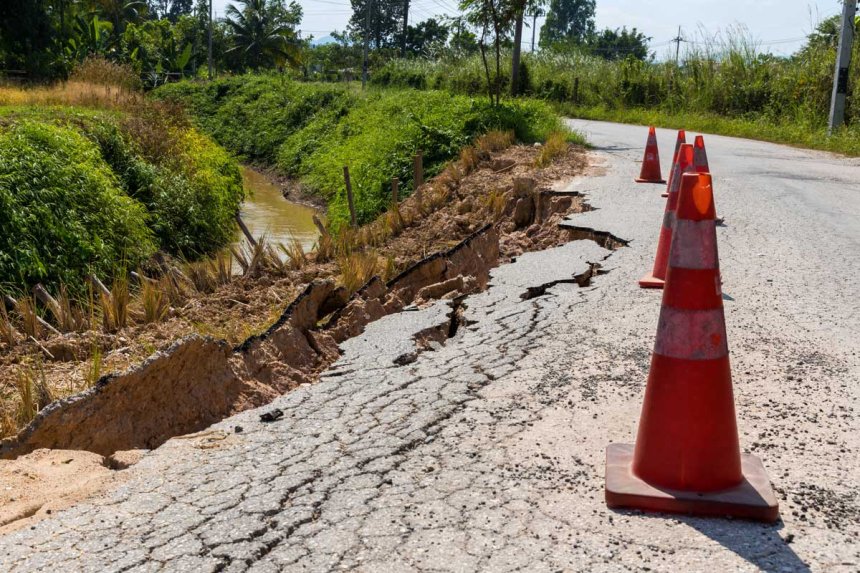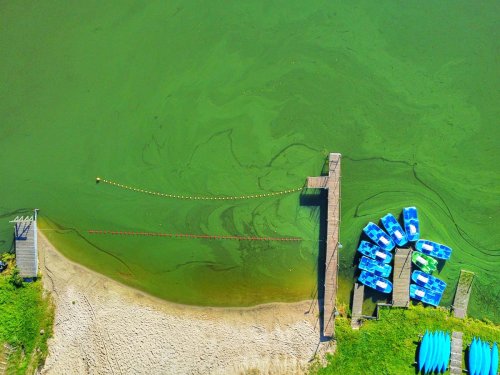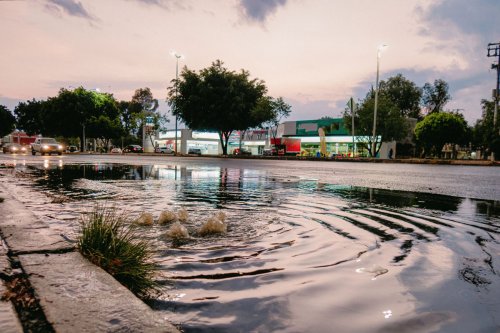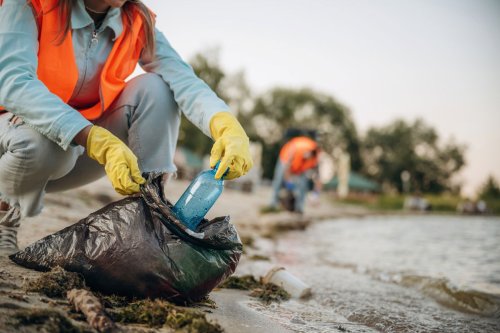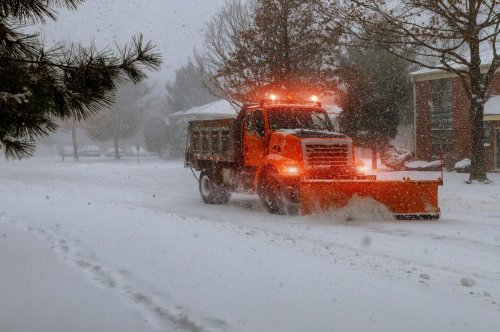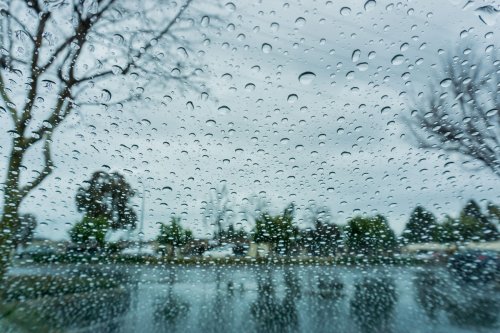Understanding the Basics of SWMP Plans
A well-prepared SWMP is not just a regulatory box to check; it’s a tool to protect local water resources and demonstrate environmental responsibility. By understanding its key components and keeping the plan up-to-date, municipalities and project owners can help safeguard the health of their communities’ watersheds.

Municipalities, developers, and contractors working on construction projects are often required to create a Stormwater Management Plan (SWMP) — a critical document designed to minimize pollution and protect local waterways. Whether you are new to SWMPs or just need a refresher, this article will walk you through the basics.
What Is an SWMP?
An SWMP, or Stormwater Management Plan, outlines how a site or organization will manage stormwater runoff to prevent it from carrying pollutants into nearby streams, rivers, lakes, and wetlands. It’s a proactive plan designed to address the potential impacts of stormwater both during construction and throughout long-term site operation.
Why Are SWMPs Important?
When rainwater flows over impervious surfaces like roads, rooftops, and parking lots, it picks up pollutants such as oil, chemicals, sediment, and trash. If this runoff is not properly managed, it can degrade water quality and harm aquatic ecosystems.
SWMPs help meet regulatory requirements (such as MS4 Phase I and Phase II permits under the Clean Water Act) and support a community’s efforts to protect its watersheds.
Key Components of an SWMP
While specific content and format may vary by state and permit requirements, most SWMPs include the following basic elements:
1. Site Description
-
General project information
-
Location and size of the project area
-
Site maps indicating drainage patterns, soil types, and nearby water bodies
2. Potential Pollutant Sources
-
Identification of materials or activities that could contribute to pollution (e.g., construction debris, vehicle fluids, fertilizers)
3. Best Management Practices (BMPs)
-
Practices designed to reduce stormwater pollution, such as:
-
Silt fences and sediment basins during construction
-
Street sweeping
-
Green infrastructure (rain gardens, permeable pavement)
-
Proper material storage and waste management
-
4. Inspection and Maintenance Procedures
-
Regular inspection schedules
-
Maintenance requirements for BMPs
-
Documentation procedures
5. Training and Recordkeeping
-
Employee training programs to ensure proper implementation
-
Records of inspections, maintenance, and corrective actions
Who Needs an SWMP?
An SWMP may be required for:
-
Construction sites disturbing more than a certain acreage (often 1 acre or more)
-
Municipal Separate Storm Sewer System (MS4) operators
-
Industrial facilities subject to stormwater permitting
-
Long-term site development with impervious surfaces
How to Get Started
If you are required to prepare an SWMP:
-
Check Local and State Requirements: Regulations vary, so consult your state environmental agency or permitting authority.
-
Use Available Templates: Many agencies provide SWMP templates to simplify compliance.
-
Engage Qualified Professionals: In complex cases, hiring an environmental consultant or engineer may be advisable.
A well-prepared SWMP is not just a regulatory box to check — it’s a tool to protect local water resources and demonstrate environmental responsibility. By understanding its key components and keeping the plan up-to-date, municipalities and project owners can help safeguard the health of their communities’ watersheds.
Share
What's Your Reaction?
 Like
0
Like
0
 Dislike
0
Dislike
0
 Love
0
Love
0
 Funny
0
Funny
0
 Angry
0
Angry
0
 Sad
0
Sad
0
 Wow
0
Wow
0

